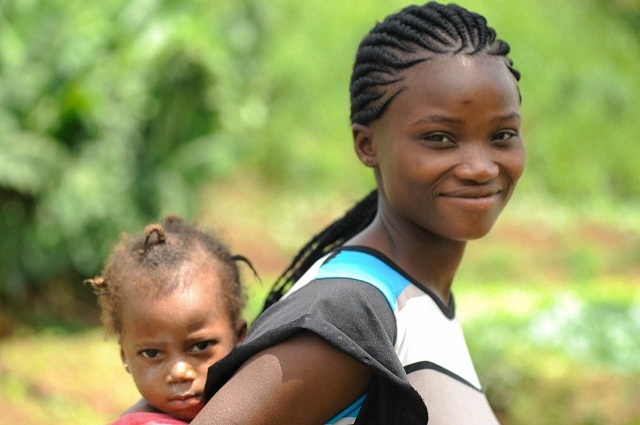WHO scales up efforts to detect and control the spread of influenza viruses in Africa
 Brazzaville, 19 October 2015 – Highly infectious and unpredictable seasonal and avian influenza viruses are emerging threats in Africa triggering WHO to guide implementation of national influenza preparedness, surveillance and control strategies to protect individuals and populations.
Brazzaville, 19 October 2015 – Highly infectious and unpredictable seasonal and avian influenza viruses are emerging threats in Africa triggering WHO to guide implementation of national influenza preparedness, surveillance and control strategies to protect individuals and populations.
Influenza viruses are deadly in their own right but they are also an important cause of respiratory disease such as pneumonia, which is a major cause of death in Africa, particularly among children.
In Africa, the impact of influenza infection is not very well documented. However, the information we do have shows that influenza viruses circulating in animals (zoonotic influenza viruses, including avian influenza) pose the greatest threat to human health.
This threat is due to people not having immunity against these viruses. The concern is that influenza viruses circulating in animals could develop traits in the future which could permit them to be spread easily from person to person – possibly triggering a new influenza pandemic.
With this, there is an urgent need to better understand trends, risk factors and burdens of seasonal and zoonotic influenza viruses. These significant gaps have sparked the rapid expansion of influenza preparedness, surveillance and reporting to better protect against both seasonal and zoonotic influenza viruses.
“Population vulnerabilities and weak national health systems, combined with the highly contagious and unpredictable nature of influenza viruses, mean we must enhance local and regional preparedness, surveillance and rapid response capacity now to improve health security in the African Region,” said Dr Ibrahima-Socé Fall, Director of the Health Security and Emergencies Cluster at the WHO Regional Office for Africa (WHO/AFRO).
To fill these gaps, WHO/AFRO has been working with partners in supporting the establishment and functioning of influenza sentinel surveillance systems. Influenza laboratories have been organized to form a regional network of laboratories, some of which are national influenza centres (NICs).
As of October 2015, over 64% (30/47) of countries in the African Region have developed laboratory capacity for influenza diagnosis using the minimum standards as recommended by WHO and are implementing virological surveillance for influenza and 45% (21/47) contributing to weekly influenza surveillance in the Region.
“In line with the Integrated Disease and Response strategy, surveillance provides us with data to better understand the burden and impact of influenza viruses and facilitates the sharing of best practices in the African Region. This will help to improve the detection and reporting of new strains of influenza viruses with pandemic potential,” said Dr Yahaya Ali Ahmed, Programme Manager, Integrated Disease Surveillance at WHO/AFRO.
WHO/AFRO continues to support Ministries of Health, in collaboration with Ministries of Agriculture and other governmental bodies, to protect communities and further strengthen national influenza capacities in line with the International Health Regulations (2005), Pandemic Influenza Preparedness (PIP) Framework and within the context of the Integrated Disease Surveillance and Response (IDSR) strategy.
To enhance influenza surveillance in the African Region, a newly published and disseminated standard operating procedure can be found at this link: Protocol for National Influenza Sentinel Surveillance [pdf - 1.06MB]
_____________________________________________
For more information or schedule interviews, please contact:
Technical contacts:
Dr Ibrahima-Socé Fall; Tel: + 472 413 9695; Email: socef [at] who.int
Dr Yahaya Ali Ahmed; Tel: +472 413 9248; Email: aliahmedy [at] who.int
Dr Soatiana Rajatonirina; Tel: +472 413 9126; Email: rajatonirinas [at] who.int
Media contact:
Dr Cory Couillard; Tel: + 472 413 9995; Email: couillardc [at] who.int


